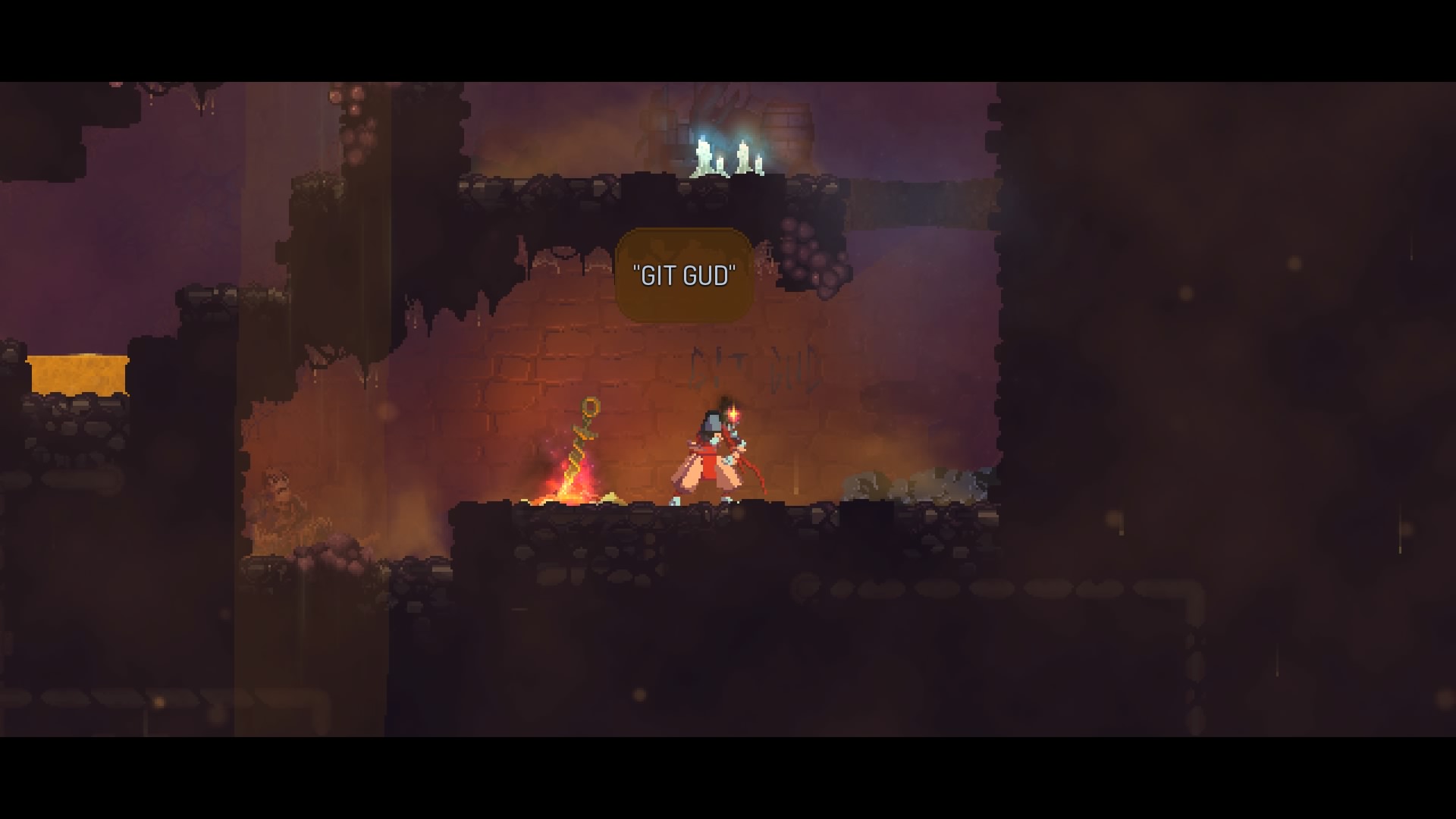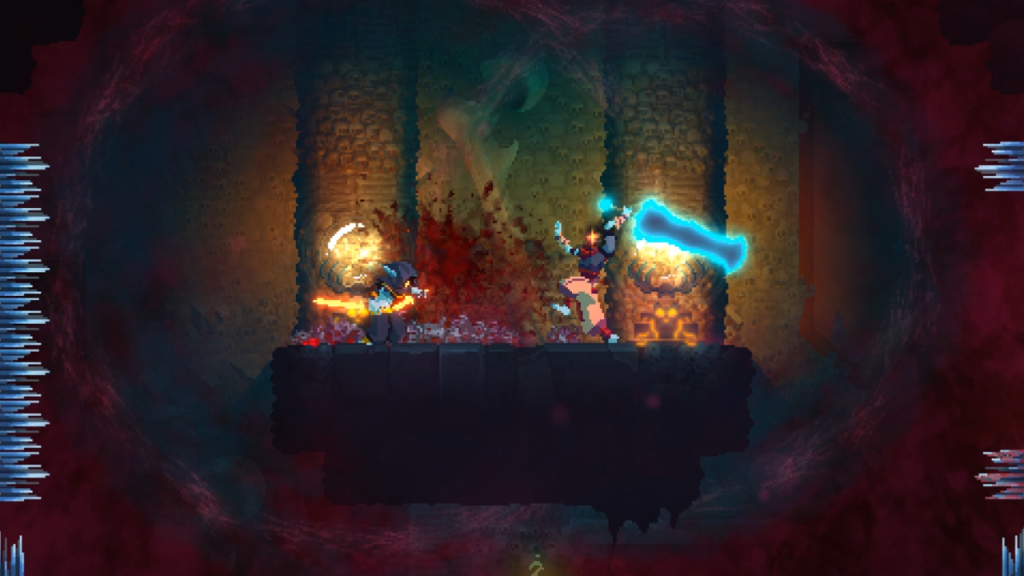While rogue-likes have been around since the 1980s—with the seminal Rogue often cited as the root—it wasn’t until more recent games like Spelunky, The Binding of Isaac, and Rogue Legacy that popularized the subgenre, pinning it on the games industry’s bulletin board as a destination to visit. But like flyers stapled on top of each other, filtering through them is exhausting, especially since a vast majority both look and feel the same. How do you know to go to Kevan’s party when Keven’s flyer looks just like Kevan’s? Thankfully, Dead Cells is not another Kevin, as it manages to be an accessible and addictive rogue-like that rewards you for understanding—and often exploiting—its systems, even if those systems are trite.
Follow Your Nose Like Toucan Sam
There’s some semblance of narrative there: You’re an amorphous blob snatching desecrated bodies and parading them around to collect souls—or something like that. Whatever narrative that’s there barely lingers in the background, existing as mere window dressing and little else. This would be fine if Dead Cells didn’t force its faux-narrative onto you, as you’ll often encounter dead-ends that are nothing more than failed attempts at world-building. It even pauses the in-game timer when in these rooms, implying that whatever letter or suicide note found is somehow important. They never will be because you’ll die and the rooms will scatter because of procedural generation. So Dead Cells is the Transformers of rogue-likes, as the inclusion of such a paper-thin narrative only slows the pace of the game.
And like a good Transformers movie, Dead Cells is best enjoyed when the action is fast and relentless. It’s so intent on keeping you at an accelerated momentum that you’re gifted a speed buff after a kill combo, ensuring you’re always at terminal velocity. Even the in-game timer tracks how long you’re in each biome, as certain rooms—filled with a high number of cells and other equipment—will lock if you take too long. While it does patronize you for being slow, this concentration on speed doesn’t discourage exploration. The game delivers enough blueprints and cell drops (and enemies for more blueprints and cell drops) that, regardless of how slow you are, you never feel punished for rummaging around, even if there’s probably nothing in the fridge. Who knows, you might find a rare blueprint—or those Reese’s peanut butter cups—for explorative persistence.
Aside from a few permanent unlocks, like additional health flasks and higher item exchange rates, everything is randomized, including equipment and the stats attached to them. Procedural generation can—and often times does—facilitate adaptability, but Dead Cells presents a problem here in weapon balancing, as some are just better than others. It’s especially noticeable when you restart runs only to be given the exact same weapons again. It’s expecting those multiple texts to be from your significant other, but when you unlock your phone its just your mom, over and over and over. But a sword is still a sword and a trap is still a trap, so if you understand how a weapon works—and the stats attached to them at that moment—it’s possible to start a run dealing thousands of damage.
And you’ll only start runs with weapons you’ve unlocked. It’s here where the game pushes procedural generation to its limit. There are quite a few weapons to unlock, but you’ll lose the blueprint you’re carrying if you’re not good enough to make it to the end of the biome. After dying several times over and getting the same weapons several times over again, repetition sets in. Because procedural generation creates data based on algorithms—and algorithms are numbers and numbers don’t care—Dead Cells has no problem giving you that rapier two times in a row. Better hope RNGesus actually rises on the third day or you might be stuck with that rapier again.
But since runs can come to a swift end, it’s possible to have no strings attached. This blasé mentality pulls Dead Cells’ greatest strength to the foreground: accessibility. Because it’s so easy to understand—and so easy to play as a result—restarting after a death doesn’t always feel like pulling teeth. Though it‘s repetitive, Dead Cells is so fluid in its gameplay and so varied in its play styles that even the worst weapons are intriguing in some way, as they do force you to adapt. The rapier might suck, but if you learn to attack after a roll, you gain a bonus in critical attack damage, making you feel like you could go toe-to-toe against Otto Herschmann. Just don’t expect a video game to teach you to win a fencing match, let alone a fencing match against a pro.
You Enjoy More When You Try Less
Dead Cells may not shift the genre’s trajectory or implement rogue-like mechanics in any new or inventive way, but it remains a consistently exciting and thrilling experience, even when you’ve seen that rapier for the fourth or fifth time. It’s one of those games that’s a joy to play, but even more importantly, a joy to watch because it teaches you the fundamental truth about rogue-likes (and maybe life as a whole): let go. Once you learn to let go—or in Dead Cells’s case, once you learn to let go of life—you’ll find that it’s about the experience of the moment, about that run right now. It’s kind of like Bukowski’s epitaph: If you don’t try as hard, you’ll enjoy Dead Cells much more. Because its in this nonchalance that the game’s systems, however trite, slowly mend together in what can only be described as the perfect run. Before you forgot to dodge.
Dead Cells review code provided by publisher. Version 1.01 reviewed on a standard PlayStation 4. For more information on scoring, please see our Review Policy.
Don’t miss our Dead Cells guide with tips and tricks for surviving in the game.
-
Very entertaining and thrilling to watch
-
Rewards both the curious and the quick
-
Vast and varied set of weapon blueprints
-
Understandable game mechanics and systems
-
Some weapons aren't as good as others
-
Paper-thin, almost nonexistent narrative
-
Limited weapon pool if blueprints don't appear
-
Procedural generation makes blueprints difficult to acquire
dead cells review
-
dead cells review 1
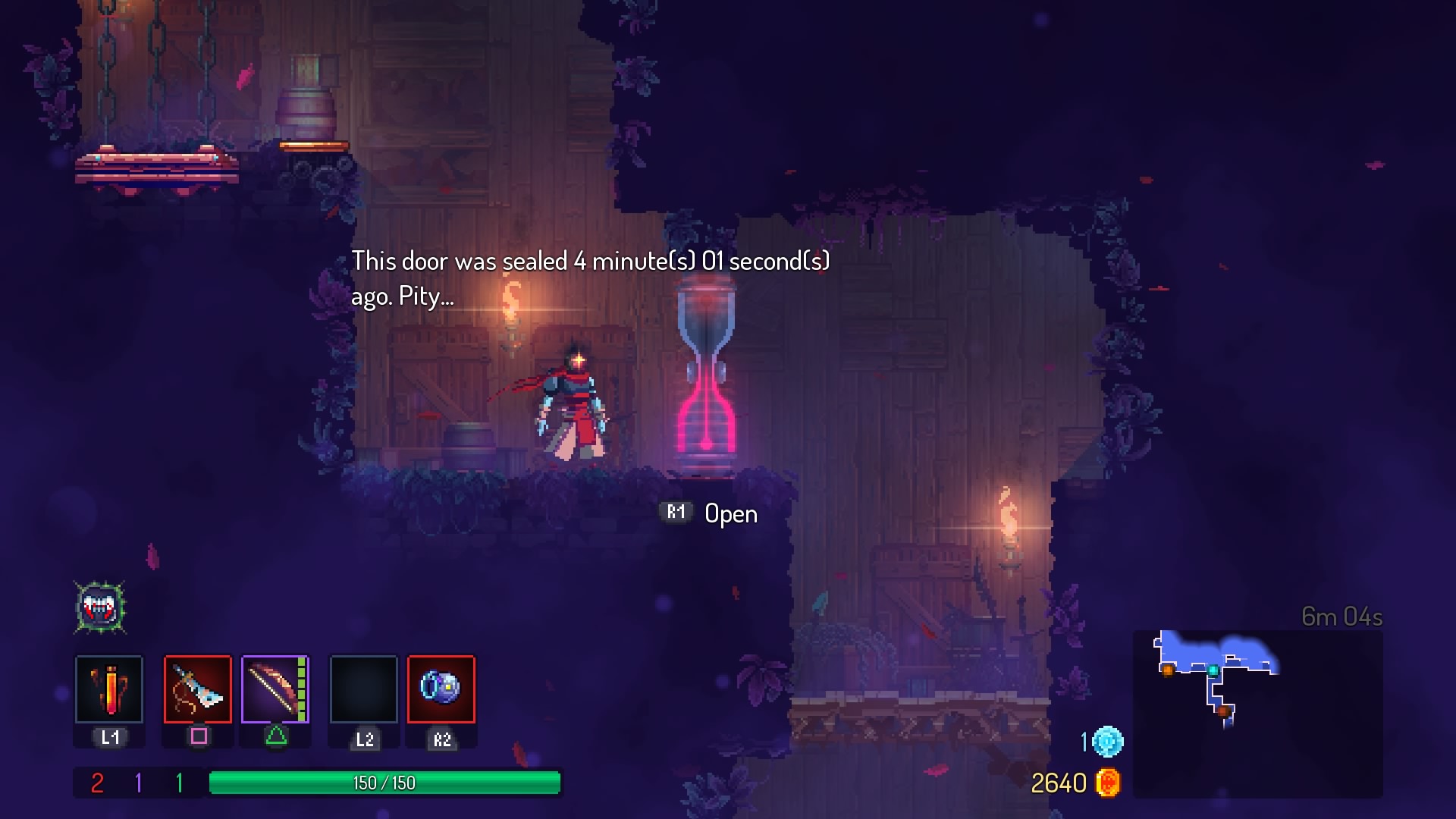
-
dead cells review 2
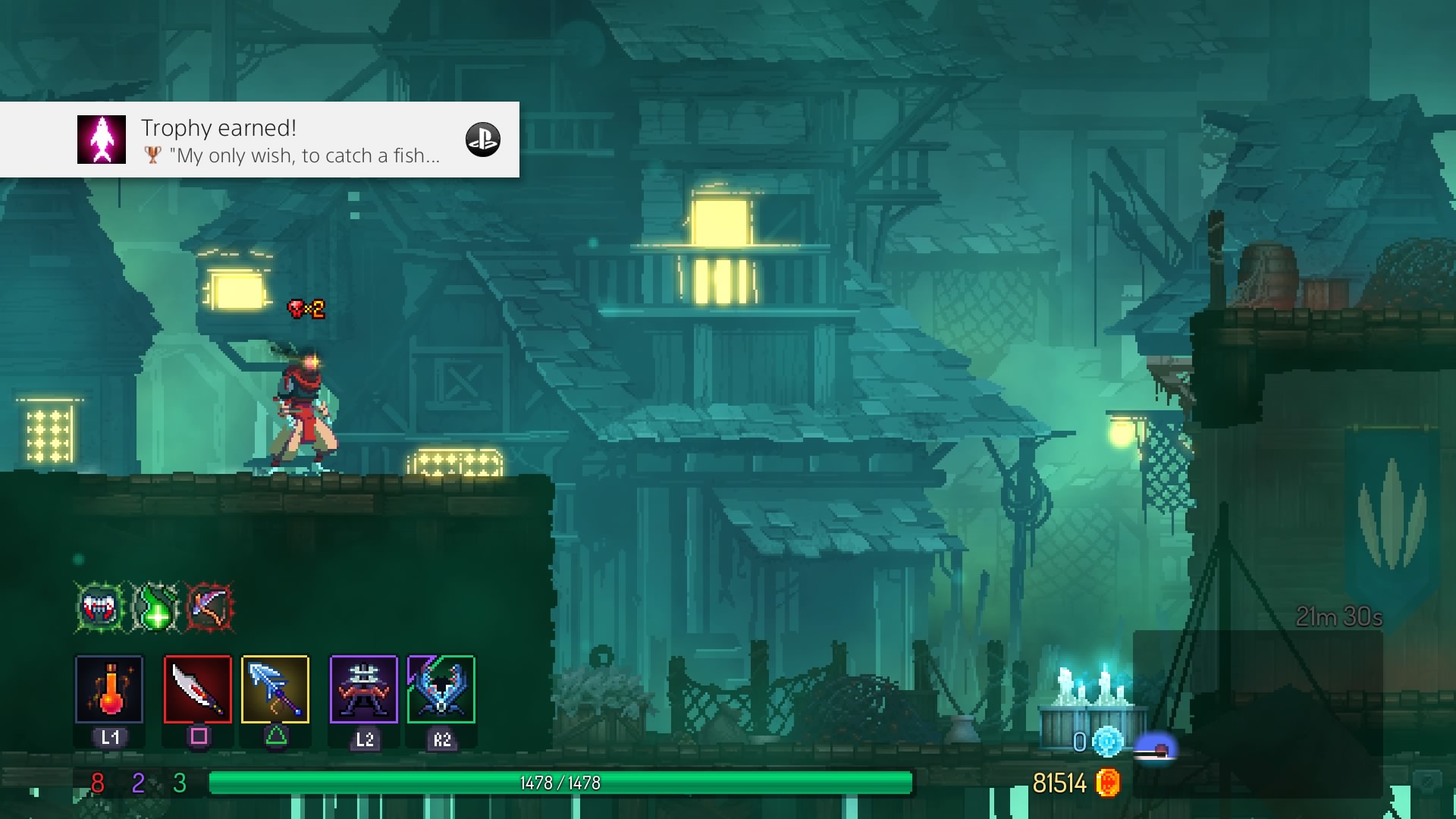
-
dead cells review 3

-
dead cells review 4

-
dead cells review 5
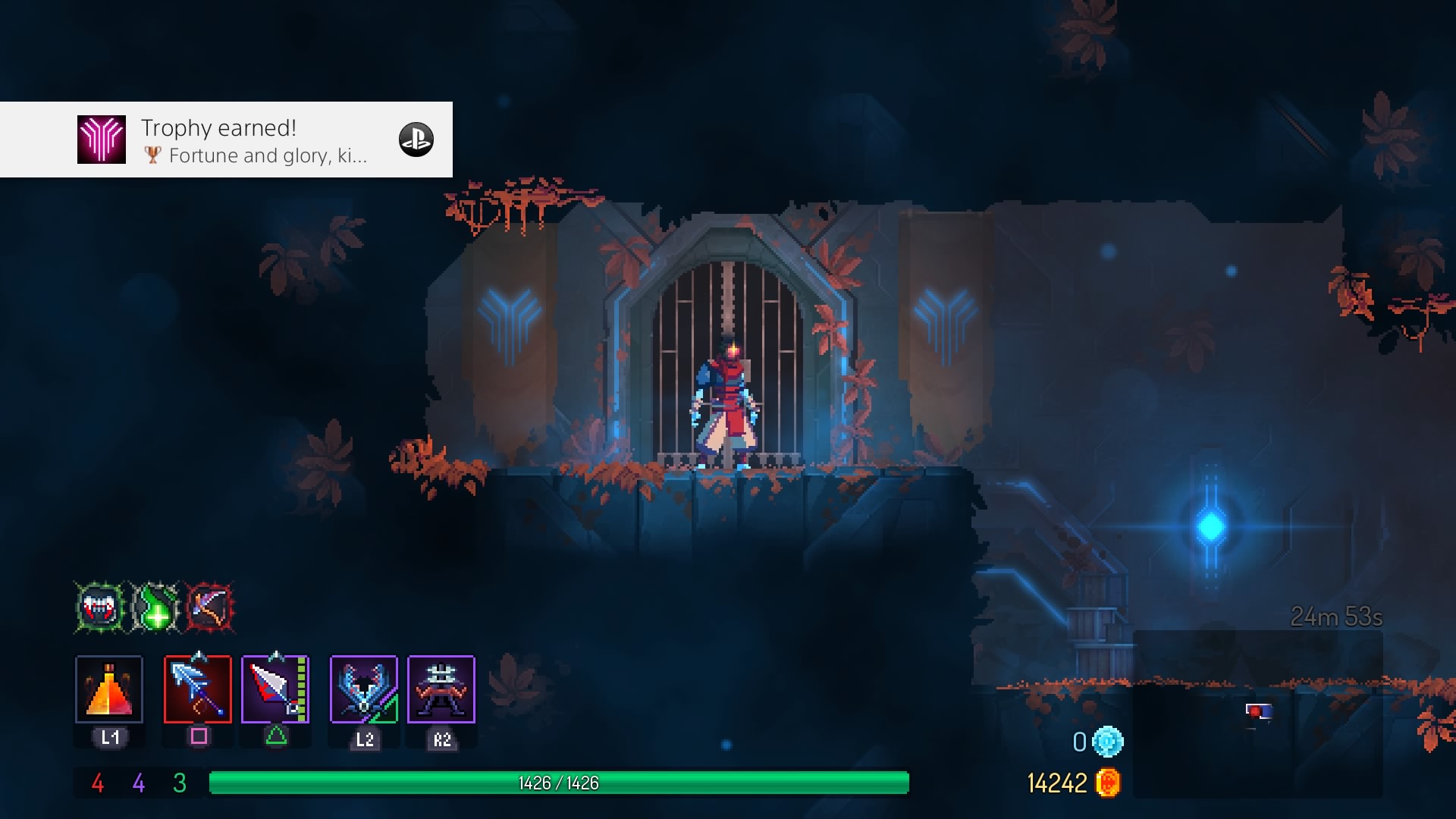
-
dead cells review 6
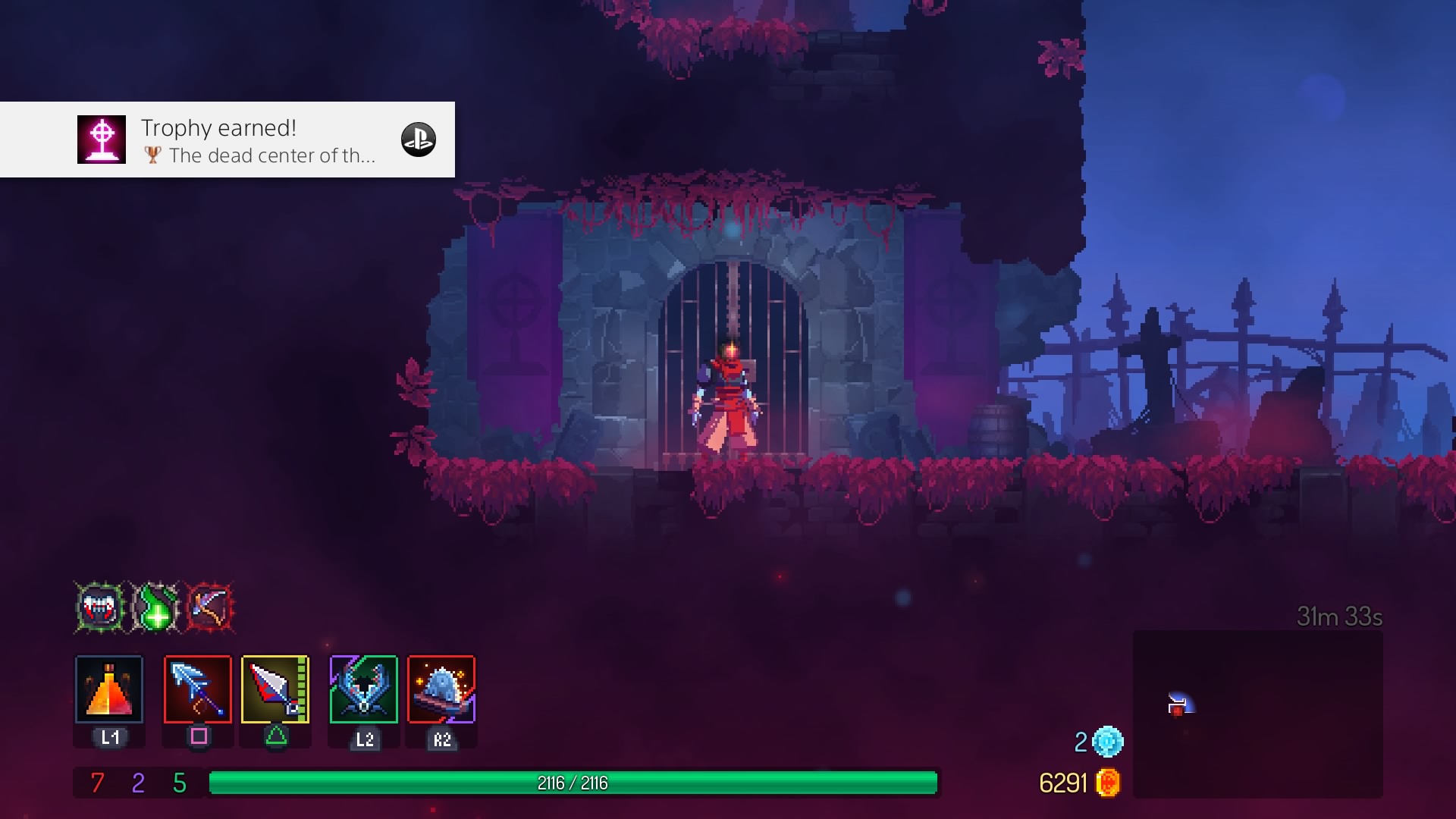
-
dead cells review 7
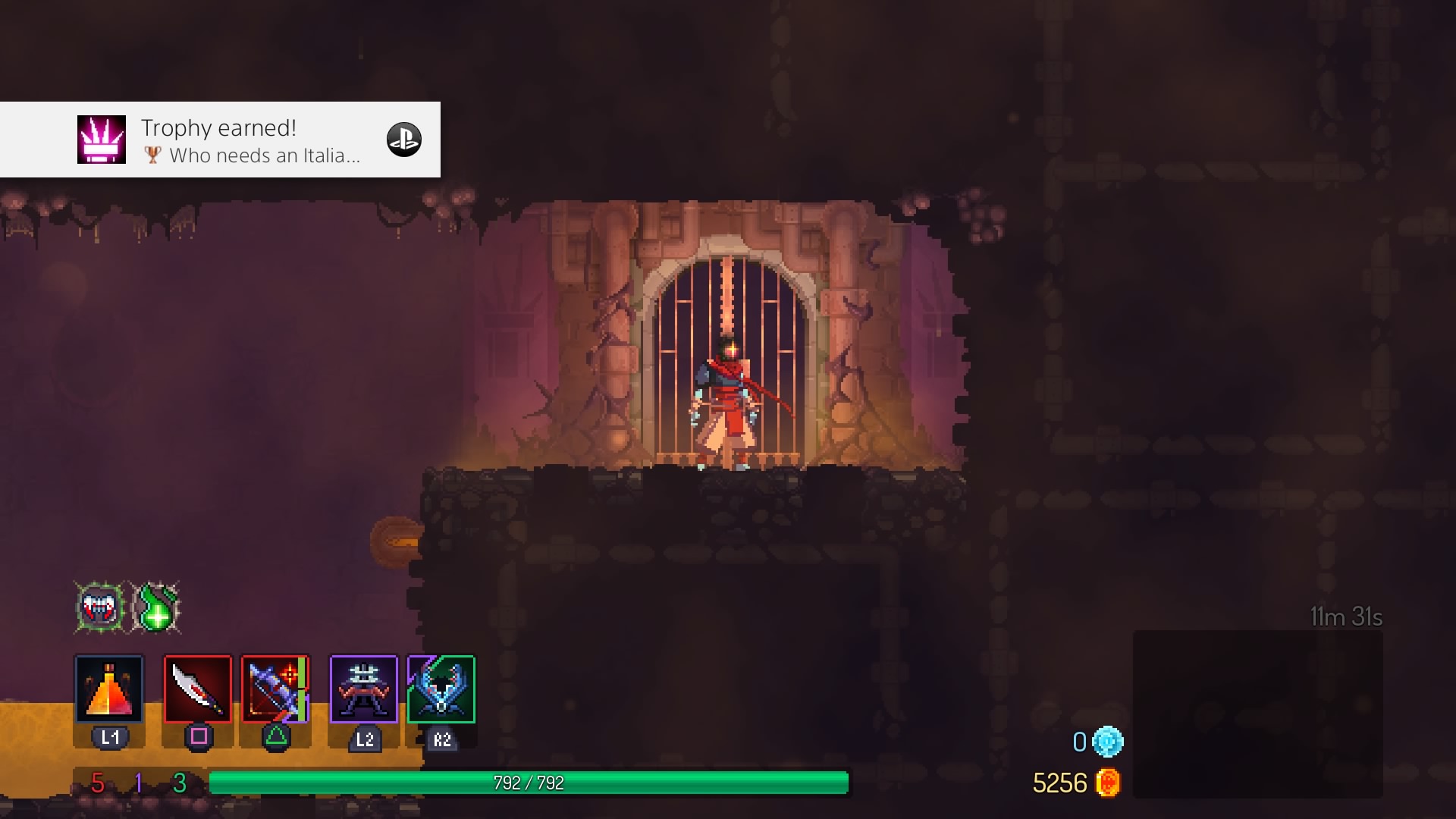
-
dead cells review 8

-
dead cells review 9
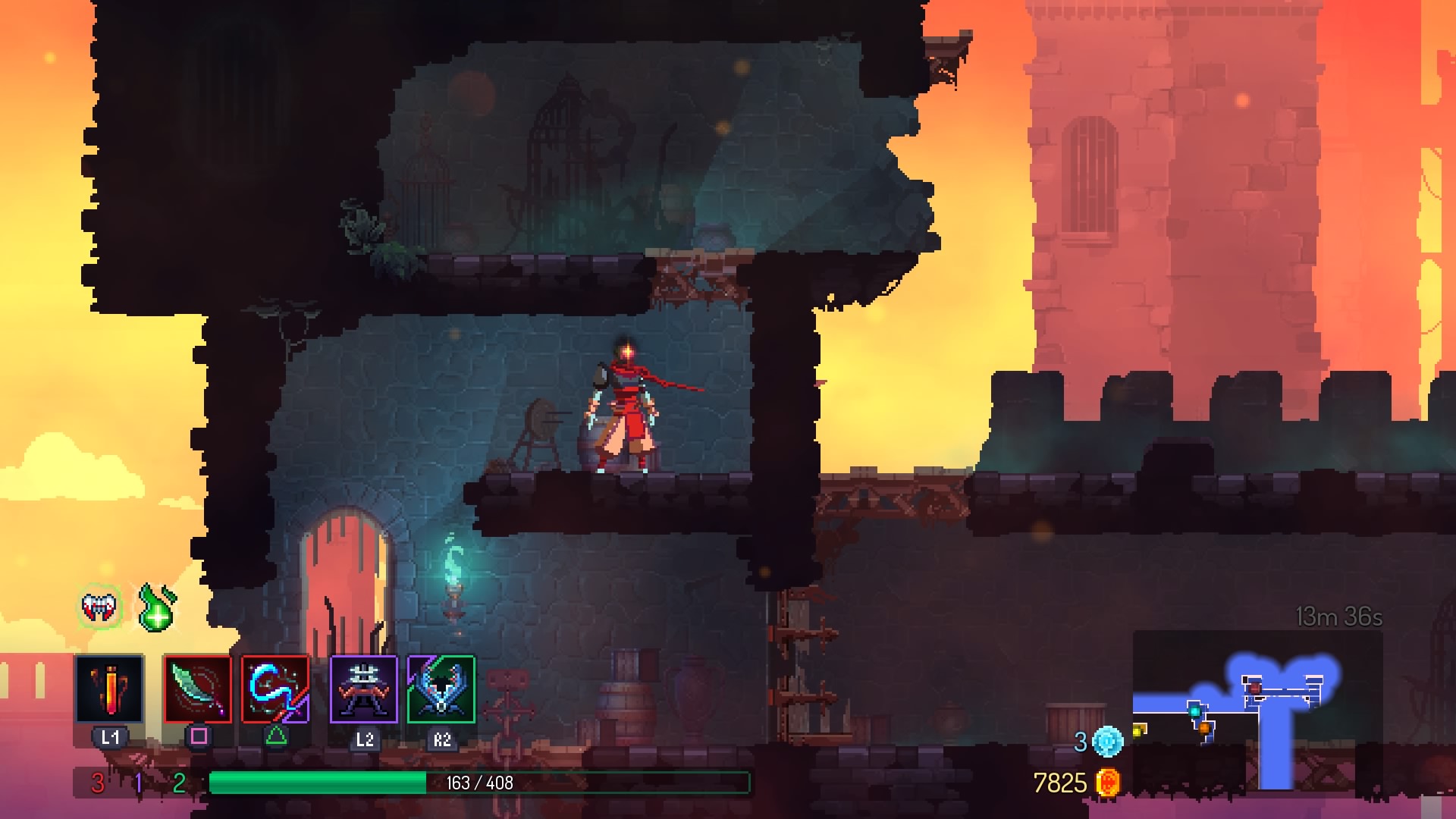
-
dead cells review 10
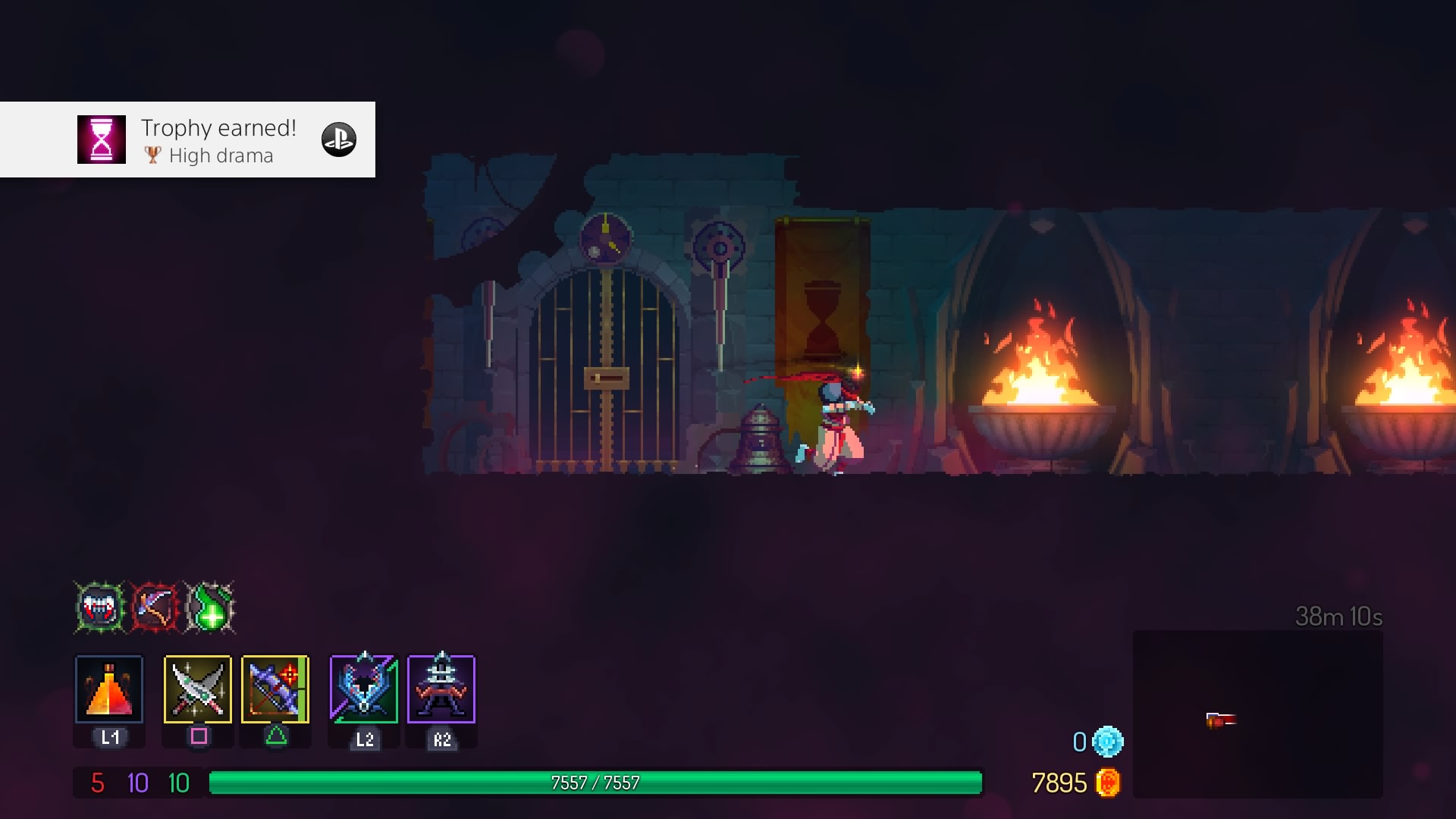
-
dead cells review 11

-
dead cells review 12
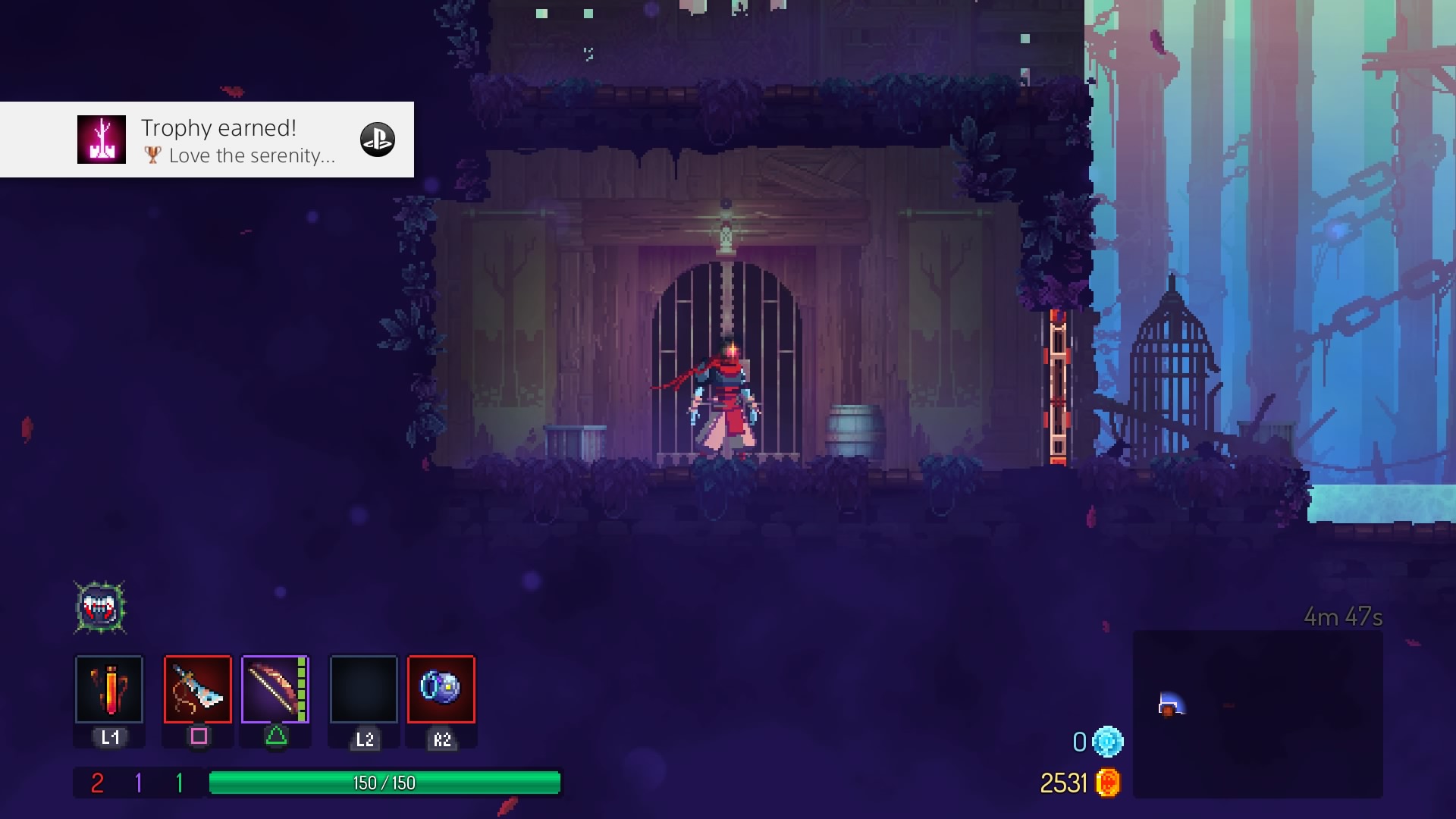
-
dead cells review 13
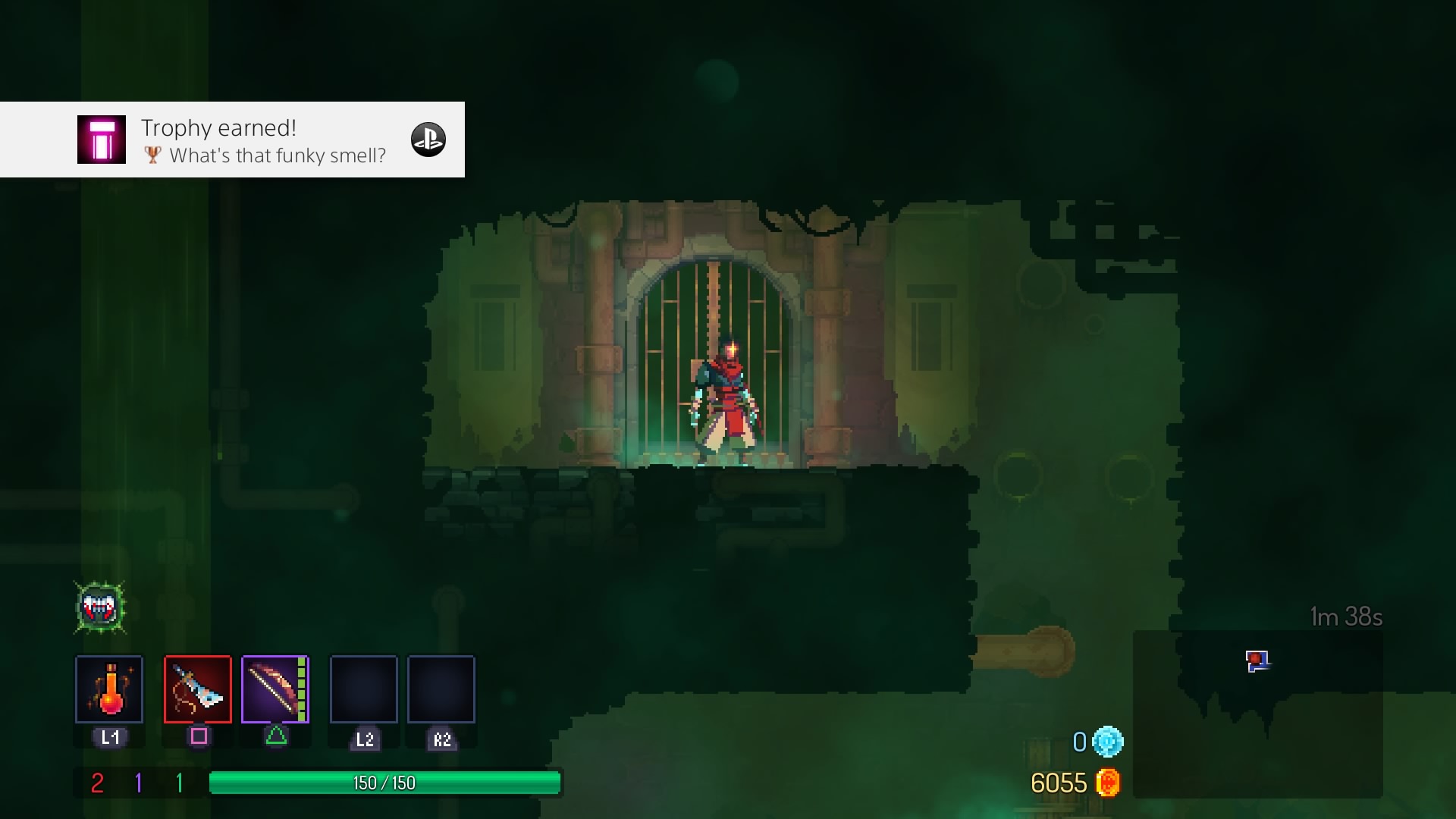
-
dead cells review 14
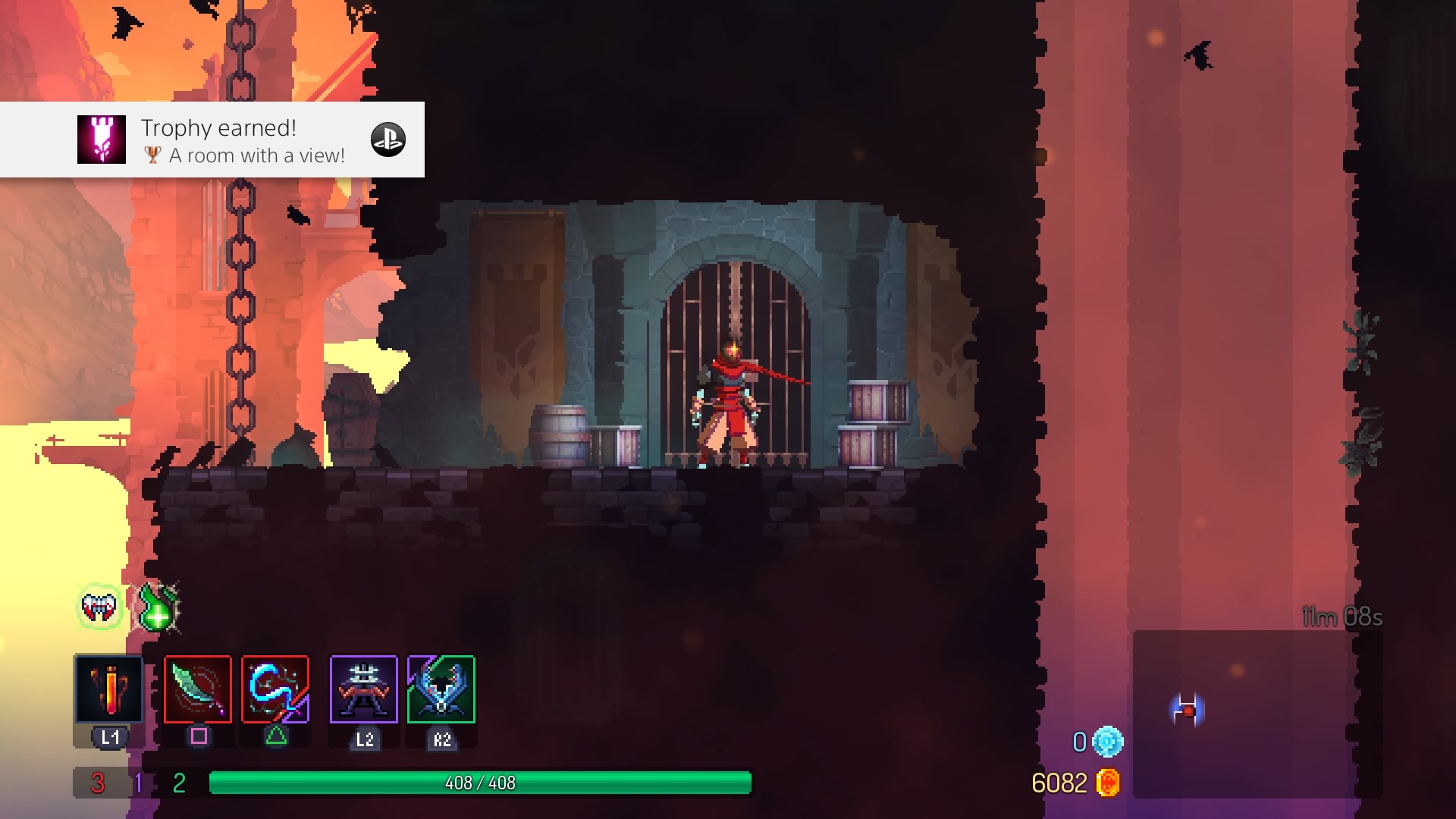
-
dead cells review 15
